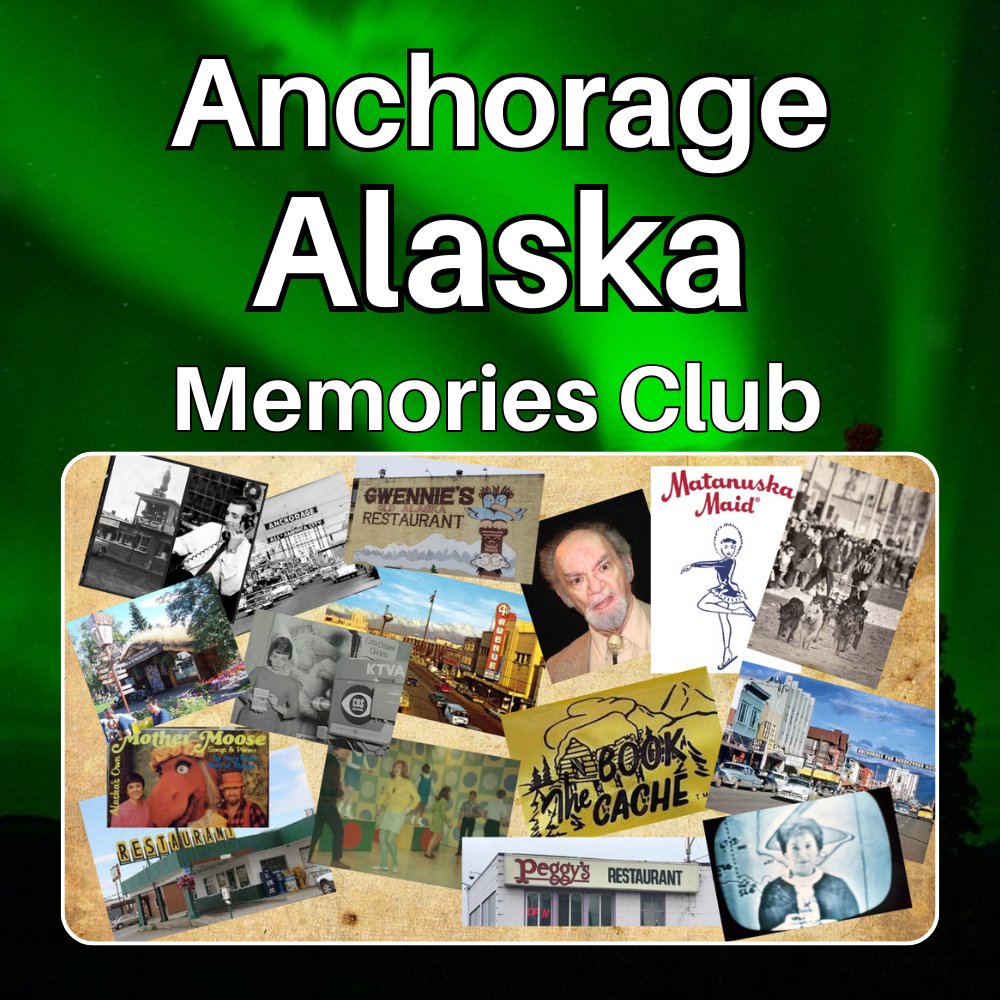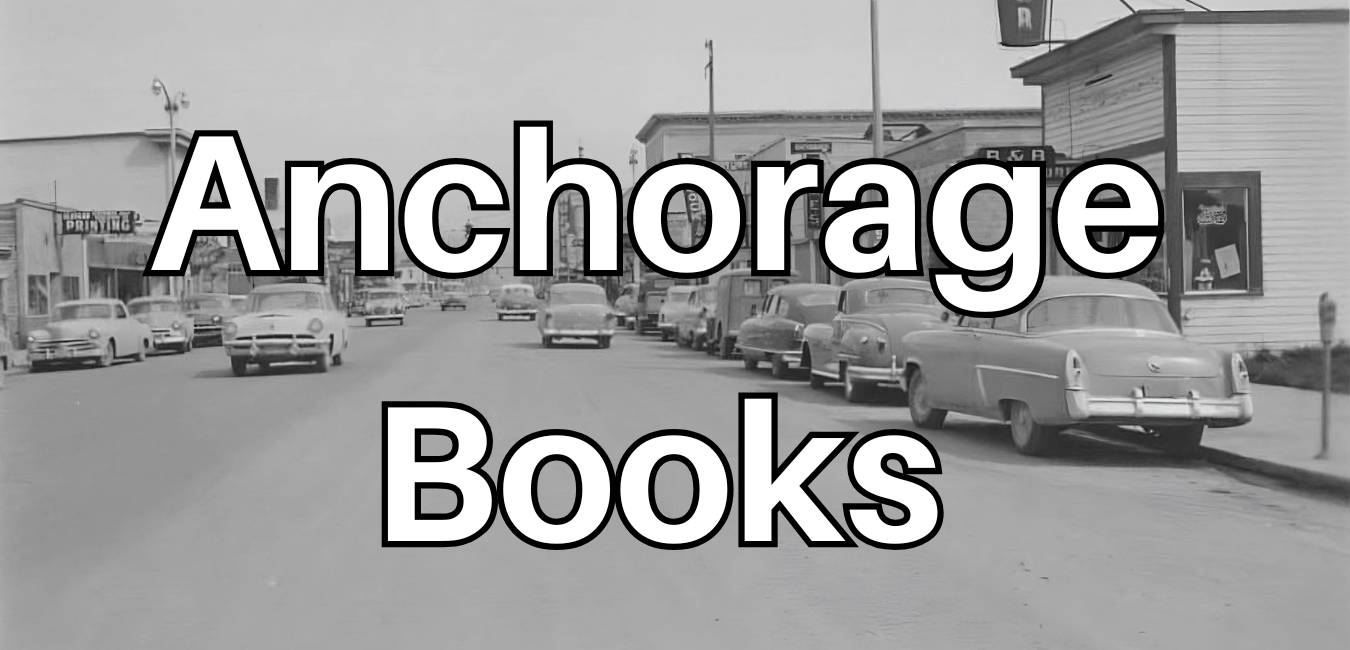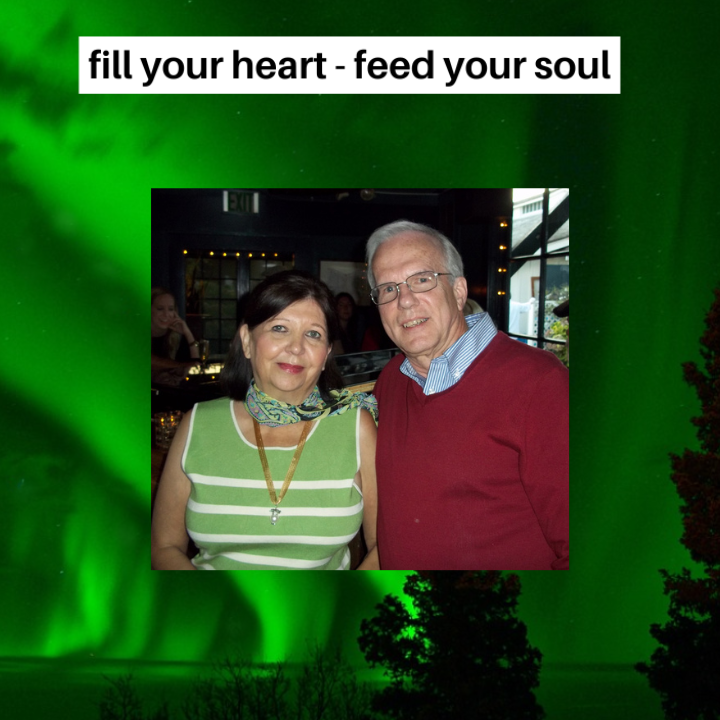Koko's Karnival of Klowns
by Karla Fetrow
(Anchorage, Alaska)

KoKo's Kiddie Land
The Cotton Candy Picture
In the picture above, looking from the ground up to the top of the stairs. Karla Fetrow's (the author of this post) oldest brother, Leslie Larry Fetrow, Karla's sister Sandra, Karla's mother – and the baby is our author, Karla Fetrow.
Mini Railroad Pictures
In the picture above, the Kiddy Land Train is seen on the tracks just off the Seward Highway.
Koko's Karnival of Klowns
When it came to technology, Anchorage, Alaska had to scramble to keep up with modern times.
While KFQD, our first radio station, went on the air in 1925, it wasn't until after 1948 that my hometown of Chugiak, located twenty miles away, started getting electricity.
We were relieved when, with the first electrical juices zapping through our humble homes, we were also able to access radio. We were even more delighted when, a few years later, we were blessed with our first television station (KTVA channel 11).
Those early years were a wonderful, imaginative time. The modern world was leaking in through music, newscasts, and a scattering of shows, but it was mainly all about us. Us, as in, what could we come up with to make entertainment more interesting? It wasn’t like we had a stream of steady broadcasting.
It was Dick Rand who came up with the idea for Kartoon Karnival, a children’s television show filmed on location. Location meant the studio at the McKinley Arms, a fourteen-story building that was astonishing for a populace of kids who had grown up in cabins and other low-laying buildings.
He had just invested in some carnival rides that a traveling circus left behind after they went broke in Alaska. His idea was that by hosting the show, he would receive some free publicity for his carnival rides.
Dick was a highly persuasive entrepreneur. It didn’t take him long to convince my dad, Les Fetrow, that the rides were an excellent investment.
It only took him a little longer to convince dad to appear with him on the television show dressed as his sidekick. Appearing as clowns, the weekday afternoon show kept kids glued to their television sets. This is not to say they were the most skilled child entertainers around, but their spot included daily episodes of the Mickey Mouse show and short Warner Brother Cartoons.
Still, there was a whole, “I get to appear on TV” thing about it. The show always began with Koko and Chu Chu interviewing five or six young guests, Art Linkletter style, and giving them each a Gilman’s donut. Chu Chu always cautioned them, “don’t eat the donut holes”. There is to this day, an entire generation who eats all around the donut hole before cautiously eating the last bites.
There was only one drawback in those early days of Alaskan television. We had a distinct shortage of children.
Having five or six children per day on the show was easy for a while, but within a couple of years it became apparent they were running out of new guests. Those were the days my mother sat close to the telephone. If they had a day without guests, she quickly rounded up whatever neighborhood kids she could find, as well as my siblings and me for backup.
I became very familiar with the television studio, and probably just a little star struck. It was a strange sensation to sit on a platform above the giant cameras, stare at the television across from you and see yourself staring back.
They had the same drawback for their carnival. Koko’s Kiddie Land tried to stay open all summer, but there were some days when there just weren’t that many festive people around. They strolled through the entertainment center like they were strolling through a park and simply weren’t laying their money down on much of anything. Bad news for them. Good news for Dick Rand’s and Les Fetrow’s children. We got to ride free on the roller coaster and the merry-go-round to coax other mothers into caving to their kids’ wishes.
Kartoon Karnival only lasted about five to seven years, and Koko’s Kiddie Land, not much longer. But the rides they invested in stuck around. They brought in another partner, Danny Caulfield, who had an instinct for what to do with carnival rides.
It wasn’t long before the carnival rides were circulating between Seward, Kenai, Anchorage, the Chugiak Carnival and the State Fair.
Those early carny years were some of the most magical of my life. Dick Rand was a natural clown. He was the kind of guy kids knew right away was going to be funny because he saw funny in the same way they did.
When the two families got together one year to celebrate a successful summer, Dick was carrying several cases of soda pop in the back of his station wagon, probably meant for Kiddie Land. However, so much soda in one spot was dazzling.
The Rand kids and the Fetrow children thought of a better use for that many sodas other than drinking them.
We began shaking them up and spraying them at each other.
My dad was furious. Dick Rand said nothing. In the middle of my dad’s tirade, Dick popped open a soda and sprayed everybody.
Hardly anything surprised or disturbed him. When the Rand family and our own were stuck in Hope for three days during a flood, he spent the evenings making shadow figures on the wall and telling stories around them. We were limited in food supplies, but we did have two, ten gallon bags of deliciously seasoned circus popcorn to munch on.
My dad was a clown because it was one of the many acting roles he liked to play. He was a natural actor. When he discovered my sister, Mary, was a natural gymnast, he took her along for his clown performances as Chu Chu Junior. Mary did cartwheels and handsprings while dad clowned around with the children.
By the early 1960s, the childlike innocence was fading from the carnival. More people meant more rides, more diversity in entertainment.
The carnival had begun making money, but it had also become more time-consuming, more difficult for two men who already had families and careers, to maintain. Dick Rand and Les Fetrow sold out to Danny Caulfield.
Once the partnership broke up, we lost track of the Rand’s, although we sometimes ran into Danny Caulfield at the fair. He proved his ability for showmanship by striding around in very loud, brightly colored suits, carrying snakes around his neck and appearing with a sparkling girl on each arm.
Eventually, we even lost track of Danny, but the rides are still there, sold to someone who sold them to someone and could even now be part of another traveling carnival making its circuits and keeping the memories alive.
Comments for Koko's Karnival of Klowns
|
||
|
||
|
||
|
||
|
||
|
||
|
||
|
||
|
||
|
||
|
||
|
||











